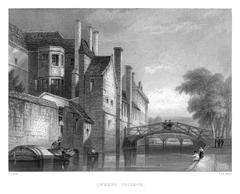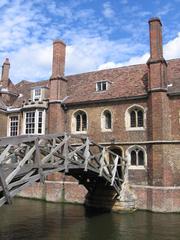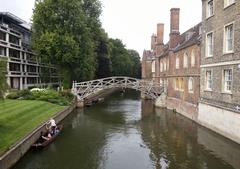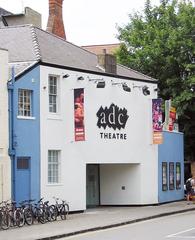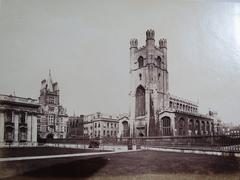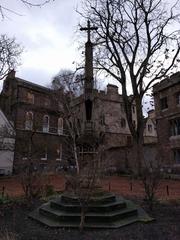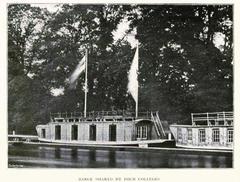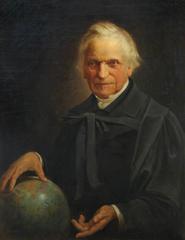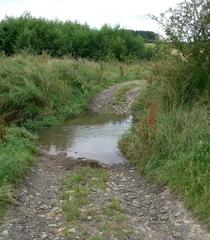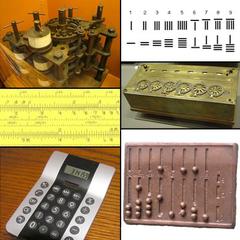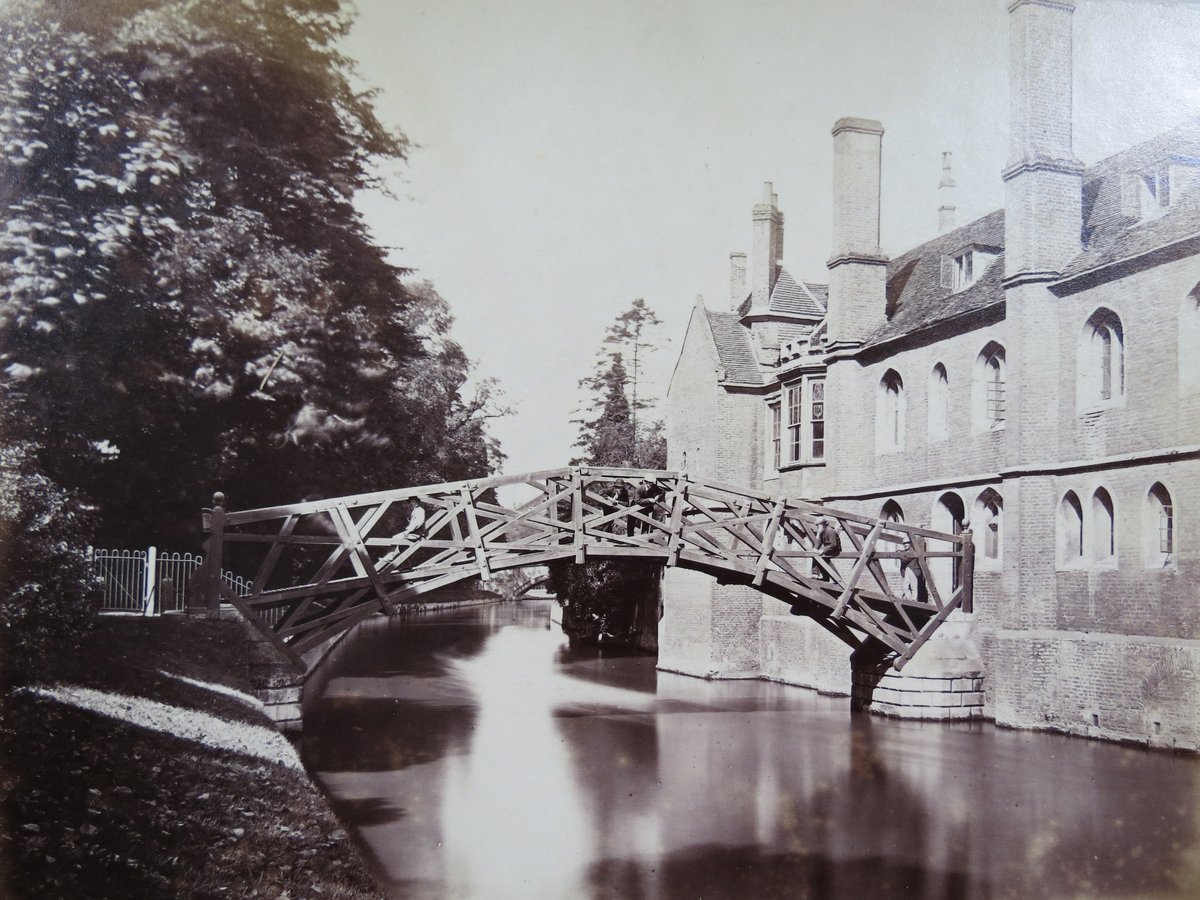
Comprehensive Guide to Visiting the Mathematical Bridge in Cambridge
Date: 19/07/2024
Introduction
The Mathematical Bridge, an iconic wooden footbridge located in Cambridge, England, is a marvel of historical engineering and a popular tourist attraction. Renowned for its unique design and often shrouded in myths, this bridge connects the old and new buildings of Queen’s College across the River Cam. Constructed initially in 1749 and reconstructed in 1905, the bridge’s intricate truss design is both an aesthetic and structural wonder. The name “Mathematical Bridge” reflects the sophisticated understanding of structural mechanics involved in its design, which employs a series of timbers arranged in tangents and radial members.
Visitors are drawn to the Mathematical Bridge not only for its picturesque setting but also for its rich historical narrative and the myths that surround it, such as the tale that it was constructed without nails. This guide aims to provide a comprehensive overview of the Mathematical Bridge, covering its storied past, visitor information, nearby attractions, and practical tips for making the most of your visit. With its remarkable blend of history, engineering, and beauty, the Mathematical Bridge remains a testament to the innovative spirit of Cambridge. (Cambridge City Council, Queens’ College, Cambridge)
Table of Contents
- Introduction
- History and Background
- Visitor Information
- Nearby Attractions
- Accessibility
- Special Events and Guided Tours
- Photographic Spots
- Conclusion
- FAQ
History and Background
Early Structures and the Original “Mathematical Bridge”
While the current bridge is not the first to span the River Cam at this location, its predecessors laid the groundwork for its iconic status. The first recorded bridge on the site dates back to 1638, a simple structure built by Queen’s College to connect its old and new buildings. This bridge, along with subsequent replacements, served as a vital link for students and fellows, facilitating movement across the Cam.
The true predecessor to the Mathematical Bridge, however, emerged in 1749. Designed by William Etheridge and built by James Essex, this structure earned the moniker “Mathematical Bridge” due to its innovative truss-based design. This design, employing a series of timbers arranged in a series of tangents and radial members, showcased a sophisticated understanding of structural mechanics, leading to its association with mathematical principles.
The Current Bridge - A Faithful Reconstruction
Despite its sturdy construction, the 1749 bridge eventually succumbed to the wear and tear of time and weather. By the 1900s, it was deemed structurally unsound, necessitating its replacement. In 1905, Sir William Matthew Flinders Petrie, renowned for his work in archaeology and Egyptology, oversaw the reconstruction of the bridge. Petrie, a professor at Cambridge, ensured the new bridge remained faithful to Etheridge’s original design, preserving its historical and architectural significance.
The reconstruction, undertaken by the same company that built the original, utilized teak wood for its durability and resistance to decay. This choice of material has contributed to the bridge’s longevity, allowing it to stand strong for over a century.
Debunking the Myth - No Nails, Just Ingenuity
The Mathematical Bridge is often associated with a popular myth—that it was built without using any nails, relying solely on intricate wooden joints. This myth, while intriguing, is not entirely accurate. While the bridge does showcase impressive carpentry skills with its interlocking timbers, nails were indeed used in its construction.
The myth likely stems from the intricate nature of the bridge’s design. The timbers, carefully crafted and fitted together, create an illusion of a self-supporting structure. This, coupled with the bridge’s association with mathematics and the ingenuity of Cambridge scholars, likely fueled the nail-less narrative.
Despite its inaccuracy, the myth adds to the bridge’s allure, highlighting the public’s fascination with its seemingly impossible construction. It serves as a reminder of how easily stories can become intertwined with history, blurring the lines between fact and fiction.
Visitor Information
Ticket Prices and Visiting Hours
The Mathematical Bridge is accessible to the public, but visitors who wish to explore the grounds of Queen’s College may need to purchase a ticket. Tickets are available at the college entrance, with prices varying depending on the season and any special events. For the most accurate and up-to-date information, visit the official Queen’s College website.
The bridge is typically open to visitors during daylight hours, though specific visiting hours may vary. It’s advisable to check the college’s website or contact their visitor services for precise timings.
Travel Tips
- Best Time to Visit: Early mornings and late afternoons offer the best lighting for photography and fewer crowds.
- Getting There: The bridge is located within Queen’s College, which is easily accessible by foot from the city center. Public transportation options, including buses and taxis, are also available.
- Guided Tours: Consider joining a guided tour to gain deeper insights into the history and engineering of the Mathematical Bridge.
Nearby Attractions
- King’s College Chapel: A stunning example of Gothic architecture, just a short walk from the Mathematical Bridge.
- The Backs: A picturesque area along the River Cam, perfect for a leisurely stroll or a punting tour.
- Cambridge University Botanic Garden: A beautiful garden showcasing a wide variety of plant species, located nearby.
Accessibility
The Mathematical Bridge and the surrounding areas within Queen’s College are generally accessible to visitors with mobility issues. However, some parts of the college may have limited accessibility. It’s recommended to check with the college in advance for detailed accessibility information.
Special Events and Guided Tours
Queen’s College occasionally hosts special events and guided tours that include the Mathematical Bridge. These tours often provide exclusive insights and access to areas not typically open to the public. Keep an eye on the college’s official website for announcements and schedules.
Photographic Spots
The Mathematical Bridge offers numerous photographic opportunities. Key spots include:
- From Silver Street: A classic view of the bridge framed by the River Cam.
- From the River: Capture the bridge’s full length by taking a punt along the Cam.
- Within Queen’s College: Various angles within the college grounds provide unique perspectives.
Conclusion
Today, the Mathematical Bridge stands as a beloved landmark and a symbol of Cambridge’s academic heritage. Its elegant design, steeped in history and shrouded in myth, continues to captivate visitors from around the world. Whether admired for its structural ingenuity or its picturesque setting, the Mathematical Bridge remains an integral part of the Cambridge experience.
FAQ
- What are the visiting hours for the Mathematical Bridge? Typically, the bridge is open during daylight hours, but specific times may vary. Check the Queen’s College website for details.
- How much are tickets for the Mathematical Bridge? Ticket prices vary; refer to the Queen’s College website for the latest information.
- What is the history of the Mathematical Bridge? The bridge dates back to 1749, designed by William Etheridge and built by James Essex, with a faithful reconstruction in 1905.
Call to Action
For more information on visiting the Mathematical Bridge and other historical sites in Cambridge, download our mobile app Audiala, check out our related posts, and follow us on social media for updates.

